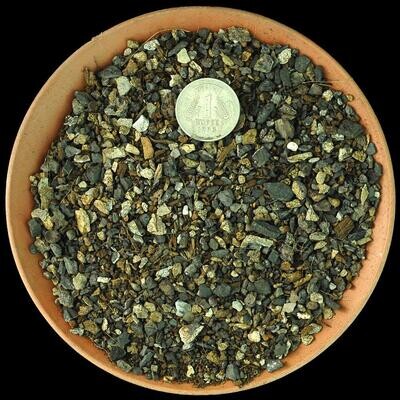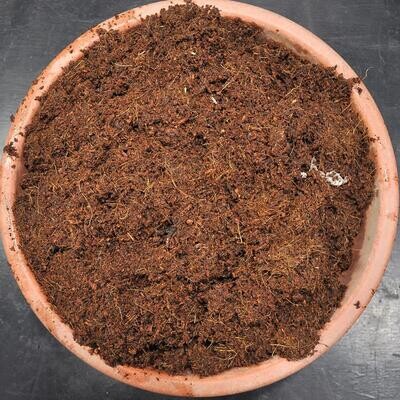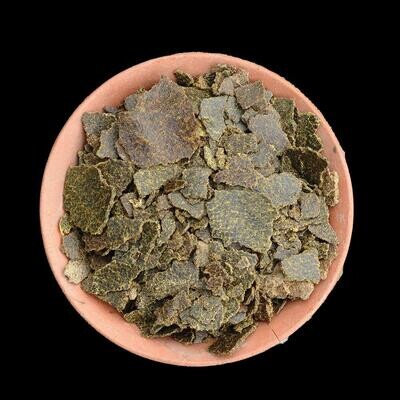Please check the Shipping Updates Page for information on shipping.
Petopentia natelensis
Etymology
The plant Petopentia natalensis was named by Arthur Allman Bullock in 1954, with "Petopentia" being an anagram of "Pentopetia" (a genus endemic to Madagascar) where the species was initially and incorrectly placed, and "natalensis" referring to its origin in the KwaZulu-Natal province of South Africa . The suffix "-ensis" is a common Latin formation used in nomenclature to denote a plant's native area.
Synonyms
Petopentia natelensis is not widely recognized under many synonyms, but it has been historically classified in some contexts with alternative names or misidentifications. Some discussions may reference it as "Angraecum natelense" or include it within broader Euphorbiaceae discussions. Synonyms can vary with taxonomic revisions, underscoring the importance of updated botanical references.
Origin
This species is native to the southeastern coast of Africa, particularly found in South Africa's Natal region, which is characterized by warm, humid coastal climates. It thrives in the rocky outcrops and grassy areas of the region, adapting well to the specific soil types and climatic conditions encountered in its native habitat.
Description
Petopentia natelensis is a climbing or trailing succulent that can reach lengths of several feet. Its stems are slender, green, and may exhibit a slight reddish hue, particularly when exposed to bright sunlight. The leaves are thick, fleshy, and glossy, typically arranged in pairs along the stem. The plant produces distinctive, star-shaped flowers that can be white or pale yellow with contrasting maroon markings, typically blooming in the warmer months. The unique shape and coloration of the flowers add an attractive feature to the plant, making it visually appealing in collections.
Conservation Status
Petopentia natelensis is not widely categorized as endangered, but it could be susceptible to habitat loss due to agricultural expansion and urbanization in its native region. Conservation measures that include habitat preservation and responsible cultivation are essential for ensuring the survival of this species within its natural environment.
Care Instructions
Petopentia natelensis can be successfully cultivated with the following care guidelines, making it a delightful addition to any succulent or decorative plant collection:
- Light: Prefers bright, indirect sunlight; however, it can tolerate some direct sun. Proper lighting is crucial for promoting healthy growth and vibrant flowering.
- Water: Water sparingly, allowing the soil to dry out completely between waterings. Overwatering can lead to root rot, particularly in poorly draining soils.
- Soil: Use a well-draining potting mix suitable for succulents and cacti. A mixture that incorporates sand or perlite can enhance drainage and soil aeration.
- Temperature: Thrives in warm temperatures, ideally between 65°F to 80°F (18°C to 27°C). It is sensitive to cold and should be protected from frost and temperatures below 50°F (10°C).
- Humidity: Prefers moderate humidity levels, reflecting its native coastal habitat. Ensure good air circulation to prevent mold and rot.
- Fertilization: Feed with a balanced, diluted fertilizer during the growing season (spring and summer) to promote flowering and healthy growth.





